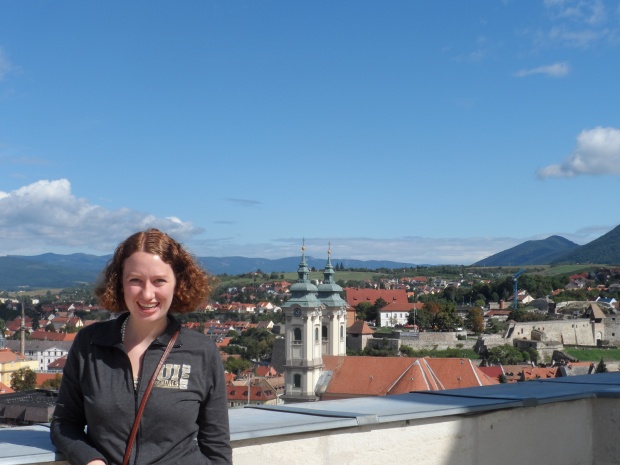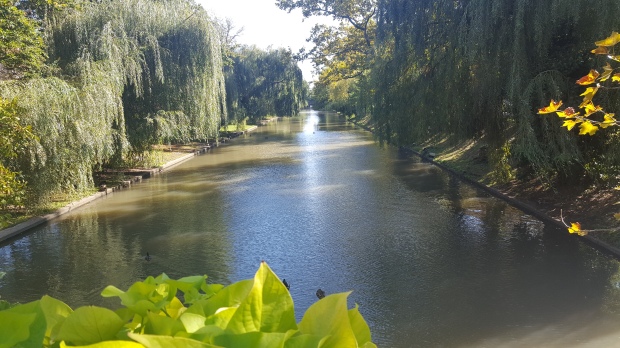 The Élővíz Canal is a beautiful canal right across the street from where I am living this year. It runs through Békéscsaba, with tons of trees and greenery along its banks. Every morning I walk (or bike) alongside it on my way to the school or the day center, watching each day as the trees begin to turn colors and leaves begin to fall. Many of the trees along the portion of the canal where I am living are chestnut trees, so in addition to the fallen leaves there are also plenty of fallen chestnuts. Sometimes I see people walking the path and gathering up some of the fallen chestnuts to take home with them.
The Élővíz Canal is a beautiful canal right across the street from where I am living this year. It runs through Békéscsaba, with tons of trees and greenery along its banks. Every morning I walk (or bike) alongside it on my way to the school or the day center, watching each day as the trees begin to turn colors and leaves begin to fall. Many of the trees along the portion of the canal where I am living are chestnut trees, so in addition to the fallen leaves there are also plenty of fallen chestnuts. Sometimes I see people walking the path and gathering up some of the fallen chestnuts to take home with them.
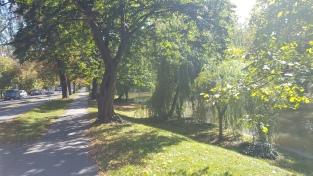
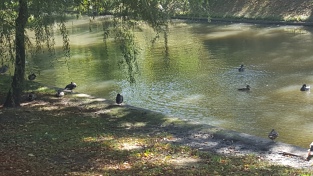
Élővíz means living water and it has certainly given this town life over the years. The canal was originally dug between 1772 and 1777 by volunteers in return for being exempt from annual forced labor. It successfully connected the city of Békéscsaba to the water system of the Körös River. Originally, the Élővíz Canal was used for shipping grains and other materials, but today, as my mentor puts it, it is just for the ducks. There are certainly a fair share of ducks. The other day I saw a family standing on the bridge throwing food down to feed the ducks. It reminded me of my own childhood, taking a piece of bread (or two) down to the Snake River in Idaho Falls to feed the ducks on the greenbelt. It’s amazing how little things like feeding the ducks cross cultures from Idaho to Hungary.
Though don’t get me wrong, non-ducks can enjoy the Élővíz Canal too. I periodically see people set up with their lawn chairs and fishing rods on the banks. Who knew you could catch fish in a canal? Not me, but then I know very little about fish or fishing in general. I personally haven’t fished (or fed the ducks). I have, however, found the benches along the canal to be an enjoyable place to sit and read.
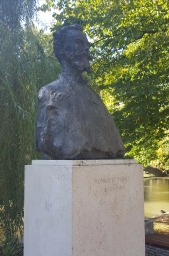
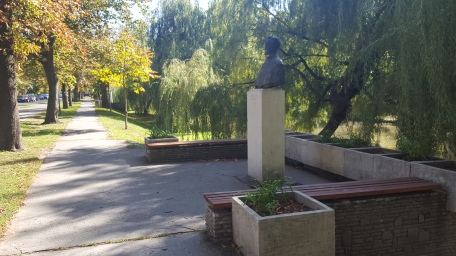
The stretch of the canal right across from where I live also features a series of busts depicting famous Hungarians with ties to the city in what is known as the promenade of sculptures. The busts were sculpted and installed in the 1970s. They are of the politician, András Áchim L., the organic chemist, András Lipták, the historian and Lutheran pastor, Lajos Haán, the poet, Géza Gyóni, the author, Zsigmond Móricz, the painter, Mihály Munkácsy, the poet, Attila József, the composer, Béla Bartók, and the composer, Zoltán Kodály.
This beautiful canal reminds me every day to trust in the simple combinations in this world that are also wonders. This canal combines engineering and nature and art and history so easily and elegantly. It gives me pause to think and wonder and trust. And on that note, I will leave with a quote from Letters to a Young Poet by Ranier Maria Reinke (the book I was reading by said canal).
“If you trust in Nature, in what is simple in Nature, in the small Things that hardly anyone sees and that can so suddenly become huge, immeasurable; if you have this love for what is humble and try very simply, as someone who serves, to win the confidence of what seems poor; then everything will become easier for you, more coherent and somehow more reconciling.”
 I make plans. And then make more plans. And when those plans don’t work out, I make more plans. I am a planner. In fact one of the first purchases I made after arriving at my site in Békéscsaba was a planner (the kind where you have to fill in the dates week by week, because the only other planners they had at the store I went to were for 2018). I like to write things down. I like to plan. If I don’t write things down, I worry that I will forget about something. (Yes, I have in the past actually forgotten things I didn’t write down.)
I make plans. And then make more plans. And when those plans don’t work out, I make more plans. I am a planner. In fact one of the first purchases I made after arriving at my site in Békéscsaba was a planner (the kind where you have to fill in the dates week by week, because the only other planners they had at the store I went to were for 2018). I like to write things down. I like to plan. If I don’t write things down, I worry that I will forget about something. (Yes, I have in the past actually forgotten things I didn’t write down.)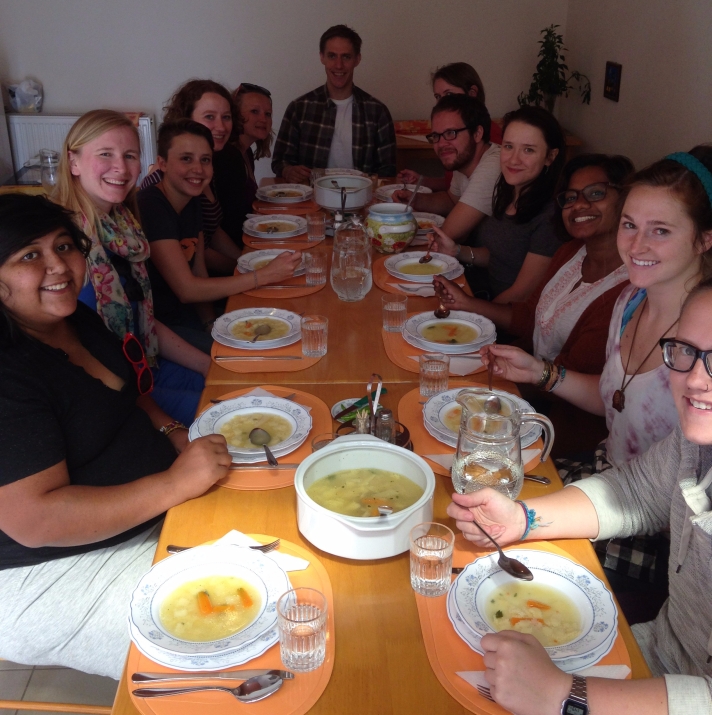
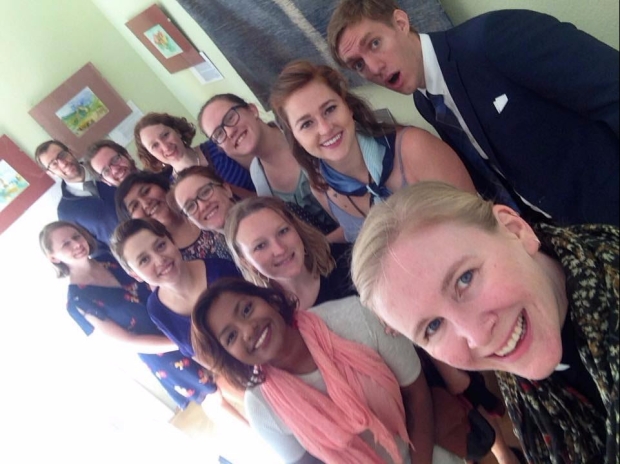
 This first mural depicts a traditional Roma creation myth. It tells of a giant who stole the sun and the moon and gave them to a terrible dragon. Two brothers then take it upon themselves to steal back the sun and the moon from the dragon. They play music until the dragon falls asleep. One brother then takes the moon and the other the sun and they begin the journey back to their village. On the way back, the moon paled the skin of the brother who carried the moon and the sun burned the skin of the brother who carried the sun. All white people, with their light skin, are the descendants of the brother who carried the moon and all Roma people, with their dark skin, are the descendants of the brother who carried the sun.
This first mural depicts a traditional Roma creation myth. It tells of a giant who stole the sun and the moon and gave them to a terrible dragon. Two brothers then take it upon themselves to steal back the sun and the moon from the dragon. They play music until the dragon falls asleep. One brother then takes the moon and the other the sun and they begin the journey back to their village. On the way back, the moon paled the skin of the brother who carried the moon and the sun burned the skin of the brother who carried the sun. All white people, with their light skin, are the descendants of the brother who carried the moon and all Roma people, with their dark skin, are the descendants of the brother who carried the sun. This next mural, entitled “Flying Angels” depicts the journey of Roma people as travelers. They were always wanderers going from place to place as flying angels. They left their home lands, moving across continents and oceans in hopes of finding refuge and a better life. As Eszter pointed out, even the tree tears at its roots to move in the flight. They were encouraged to go. But, instead of being met with kindness and welcome, they were met with hate and suspicion and fear. They were told to keep going or to turn back. And after arriving in a new place they were soon going back to the lands they had always called home. Thus, you see the returning movement in the painting. They returned, but were not welcomed back. They were lost with no sense of place or belonging. This painting is asking the question that so many Roma ask themselves: “Do we have a home?” The faces in this mural are all distorted, because, in Eszter’s words, “when you are afraid or when you intimidate others, then you lose everything worth living for. You lose love and trust and confidence and all the good things, and all that remains is envy and suspicion and fear of the other. And that distorts us; both those who fear and those who make you fear.” Even though this picture was painted to share the plight of the Roma people specifically, Eszter also extended it to encompass the journeys of all refugees.
This next mural, entitled “Flying Angels” depicts the journey of Roma people as travelers. They were always wanderers going from place to place as flying angels. They left their home lands, moving across continents and oceans in hopes of finding refuge and a better life. As Eszter pointed out, even the tree tears at its roots to move in the flight. They were encouraged to go. But, instead of being met with kindness and welcome, they were met with hate and suspicion and fear. They were told to keep going or to turn back. And after arriving in a new place they were soon going back to the lands they had always called home. Thus, you see the returning movement in the painting. They returned, but were not welcomed back. They were lost with no sense of place or belonging. This painting is asking the question that so many Roma ask themselves: “Do we have a home?” The faces in this mural are all distorted, because, in Eszter’s words, “when you are afraid or when you intimidate others, then you lose everything worth living for. You lose love and trust and confidence and all the good things, and all that remains is envy and suspicion and fear of the other. And that distorts us; both those who fear and those who make you fear.” Even though this picture was painted to share the plight of the Roma people specifically, Eszter also extended it to encompass the journeys of all refugees.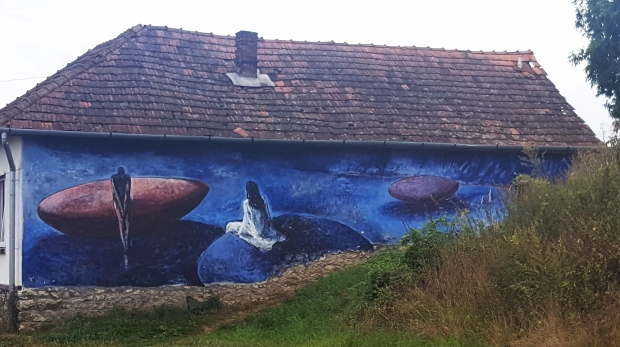 The last mural, I am going to share here today is not a story specific to the Roma people. But, instead, it is the story of a breakup. The conversation. The pain. The longing. The sadness. The acceptance. The Roma people are still people and many of their stories are simply the stories of being human. This beautiful piece tells just one such story.
The last mural, I am going to share here today is not a story specific to the Roma people. But, instead, it is the story of a breakup. The conversation. The pain. The longing. The sadness. The acceptance. The Roma people are still people and many of their stories are simply the stories of being human. This beautiful piece tells just one such story.
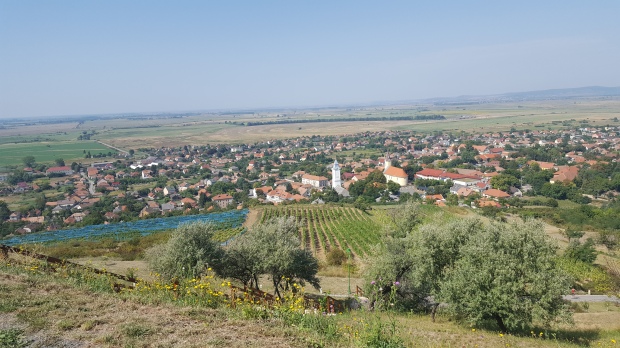
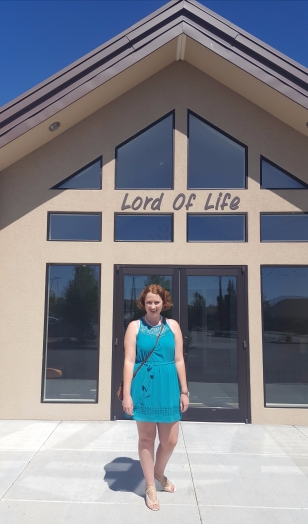 I just wanted to say a special thank you to Lord of Life Lutheran Church in Kennewick, WA for hosting me today. I may not be a member of their congregation nor live in Kennewick. But they welcomed me with open arms. It was truly a pleasure visiting and worshiping with this wonderful congregation and having the opportunity to talk with so many wonderful people about my upcoming journey with Young Adults in Global Mission. I am blessed to have this congregation supporting and praying for me in the coming weeks and months and year.
I just wanted to say a special thank you to Lord of Life Lutheran Church in Kennewick, WA for hosting me today. I may not be a member of their congregation nor live in Kennewick. But they welcomed me with open arms. It was truly a pleasure visiting and worshiping with this wonderful congregation and having the opportunity to talk with so many wonderful people about my upcoming journey with Young Adults in Global Mission. I am blessed to have this congregation supporting and praying for me in the coming weeks and months and year. Where did my YAGM journey begin? The thing about spending so long attending and then working at a Lutheran summer camp is that by the time I became old enough to consider doing a YAGM year, it was not a new concept to me. Former counselors and camp staff both from when I was a camper and when I was on staff have spent YAGM years walking alongside communities around the world. But there is a difference between knowing that YAGM exists and committing to spending a year volunteering in a place halfway around the world.
Where did my YAGM journey begin? The thing about spending so long attending and then working at a Lutheran summer camp is that by the time I became old enough to consider doing a YAGM year, it was not a new concept to me. Former counselors and camp staff both from when I was a camper and when I was on staff have spent YAGM years walking alongside communities around the world. But there is a difference between knowing that YAGM exists and committing to spending a year volunteering in a place halfway around the world.